We put the Samsung Galaxy Z Flip5 through our rigorous DXOMARK Audio test suite to measure its performance both at recording sound using its built-in microphones, and at playing audio back through its speakers.
In this review, we will break down how it fared in a variety of tests and several common use cases.
Overview
Key audio specifications include:
- Two speakers (Top center, bottom right)
- No Jack audio output
Scoring
Sub-scores and attributes included in the calculations of the global score.
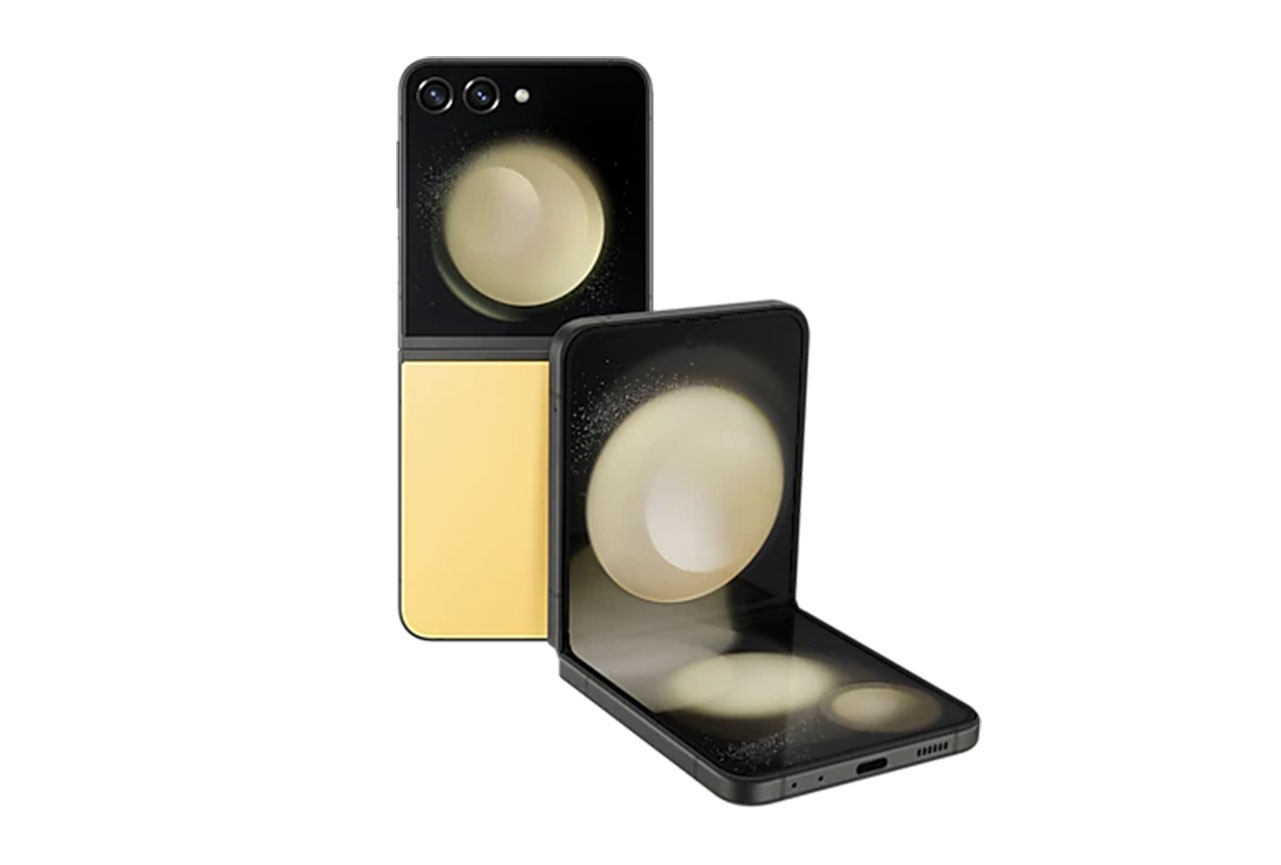
Samsung Galaxy Z Flip5


 72nd
72nd 49th
49thPlayback
Pros
- Good spatial performance
- Good signal-to-noise ratio
- Good dynamics performance
Cons
- Significant distortion and compression at maximum volume
- Lack of low-end extension
Recording
Pros
- Pleasant tonal balance
- Good recording loudness
The Samsung Galaxy Z Flip5 wasn’t among the best Premium devices in our DXOMARK Audio tests, offering a slightly lower audio Recording quality than its predecessor Z Flip4, and the same playback quality through the built-in speakers. Overall, recordings were nice and pleasant to listen to, but the device isn’t really suitable for recording at loud events or in windy conditions. Recording performance was best with the main and front cameras and dropped slightly when using office and memo apps.
Playback loudness was good but at the maximum volume setting our experts noticed some unwanted audio artifacts. Playback quality was highest when gaming and slightly lower for listening to music and watching movies. Overall, the differences between use cases were fairly small.
Test summary
About DXOMARK Audio tests: For scoring and analysis in our smartphone audio reviews, DXOMARK engineers perform a variety of objective tests and undertake more than 20 hours of perceptual evaluation under controlled lab conditions.
(For more details about our Playback protocol, click here; for more details about our Recording protocol, click here.)
The following section gathers key elements of our exhaustive tests and analyses performed in DXOMARK laboratories. Detailed performance evaluations under the form of reports are available upon request. Do not hesitate to contact us.
Playback
Samsung Galaxy Z Flip5
163
DXOMARK engineers test playback through the smartphone speakers, whose performance is evaluated in our labs and in real-life conditions, using default apps and settings.
In our playback tests, the Samsung Galaxy Z Flip 5 offered a tonal balance that emphasized midrange but was overall decent and not unpleasant. Treble was slightly thin but clear, while bass was decent but lacked low-end extension. Dynamics performance was good, with satisfying attack, decent bass precision and a quite powerful punch. The built-in speakers were capable of creating a stereo scene with good wideness, and good localizability allowed for easy pinpointing of individual sound sources within the scene. Both distance and depth rendition were accurate as well.
The maximum volume setting was loud enough for all usage scenarios, and our testers found the minimum level to be tuned properly, providing good intelligibility of the softest sections in highly dynamic audio content, such as classical music. In terms of unwanted audio artifacts, distortion and significant compression were noticeable when listening at maximum volume.
Listen to the tested smartphone’s playback performance in this comparison with some of its competitors:

Timbre
Samsung Galaxy Z Flip5
158
The Timbre score represents how well a phone reproduces sound across the audible tonal range and takes into account bass, midrange, treble, tonal balance, and volume dependency. It is the most important attribute for playback.

Dynamics
Samsung Galaxy Z Flip5
149
The Dynamics score measures the accuracy of changes in the energy level of sound sources, for example how precisely a bass note is reproduced or the impact sound from drums.

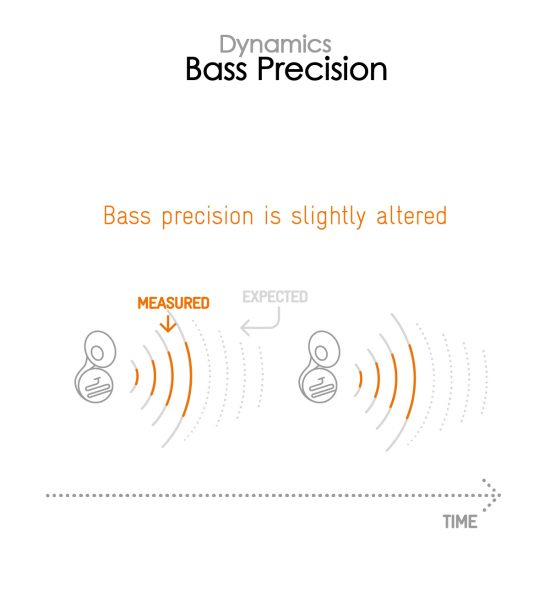

Spatial
Samsung Galaxy Z Flip5
162
The sub-attributes for spatial tests include pinpointing a specific sound's location, its positional balance, distance, and wideness.
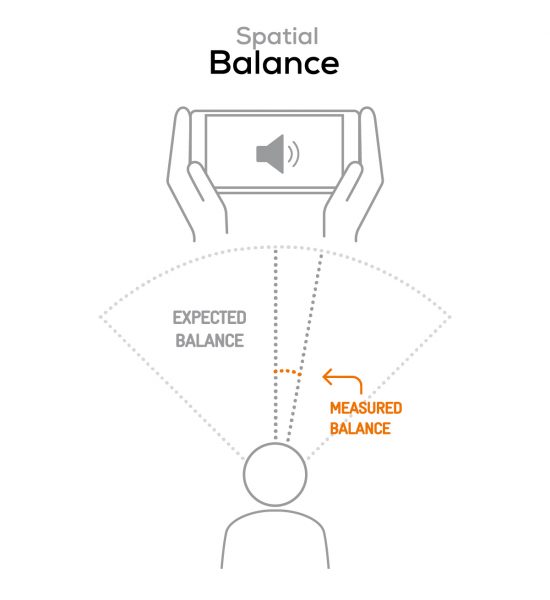
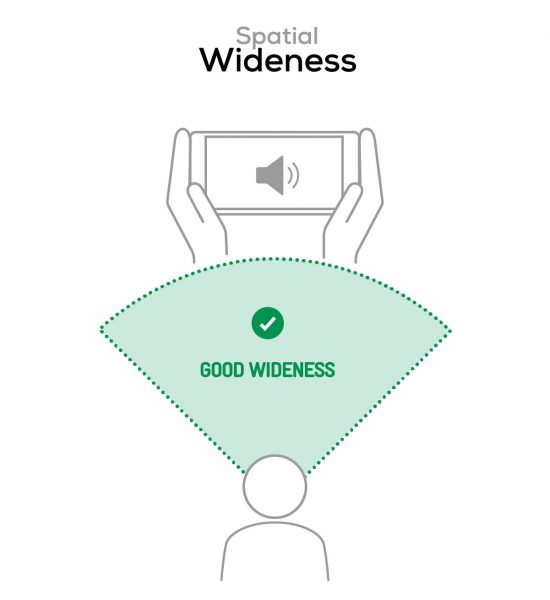

Volume
Samsung Galaxy Z Flip5
162
The Volume score represents the overall loudness of a smartphone and how smoothly volume increases and decreases based on user input.
| Hip-Hop | Classical | |
| Samsung Galaxy Z Flip5 | 72.3 dBA | 68.1 dBA |
| Samsung Galaxy Z Flip4 | 73.6 dBA | 68.4 dBA |
| Apple iPhone 14 | 74.8 dBA | 71.9 dBA |

Artifacts
Samsung Galaxy Z Flip5
157
The Artifacts score measures the extent to which the sound is affected by various types of distortion. The higher the score, the less the disturbances in the sound are noticeable. Distortion can occur because of sound processing in the device and because of the quality of the speakers.
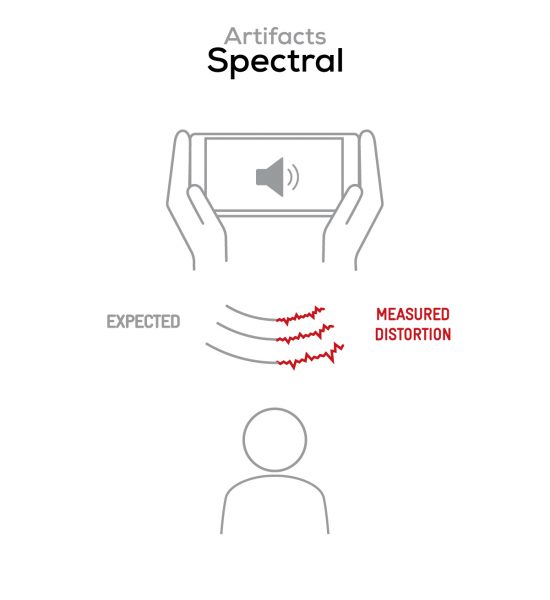

It represents the distortion and noise of the device playing our test signal (0 dB Fs, Sweep Sine in an anechoic box at 40 cm) at the device's maximum volume.
Recording
Samsung Galaxy Z Flip5
160
DXOMARK engineers test recording by evaluating the recorded files on reference audio equipment. Those recordings are done in our labs and in real-life conditions, using default apps and settings.
When recording Audio, the Z Flip5 offered a consistent timbre rendition with both the front and main cameras, but our experts also noted a lack of brilliance across all use cases. Midrange was pretty warm and rich with the selfie cam but lacked clarity in the upper section with the main cam. Our testers also noted that the tonal balance suffered severely at high sound pressure levels, for example when recording concerts, sounding muffled and quite boomy in the bass area. Recording Dynamics performance was decent, thanks to a fairly accurate envelope rendition with voice content and a good signal-to-noise ratio. At high sound pressure levels the bass envelope could have been more realistic, however.
Using the main camera in landscape orientation, the recorded sound scene was nice and wide, and individual sound sources were easy to pinpoint. Distance rendition was slightly blurry, though. With the front camera, wideness was noticeably reduced and localizability was blurrier as well. Recordings were loud and unwanted audio artifacts were fairly well under control, with only some slight distortion on shouting voices, and compression when recording concerts. Users should be careful when handling the device during recording, though. In our tests, it was easy to accidentally cover the microphones in both landscape and portrait orientation. Finger noises could be quite noticeable as well. On the plus side, background tonal balance was great and the background was pretty much free of artifacts.
Here is how the Samsung Galaxy Z Flip5 performs in recording use cases compared to its competitors:

Timbre
Samsung Galaxy Z Flip5
147
The Timbre score represents how well a phone captures sounds across the audible tonal range and takes into account bass, midrange, treble, and tonal balance. It is the most important attribute for recording.

Dynamics
Samsung Galaxy Z Flip5
146
The Dynamics score measures the accuracy of changes in the energy level of sound sources, for example how precisely a voice's plosives (the p's, t's and k's, for example) are reproduced. The score also considers the Signal-to-Noise Ratio (SNR), for example how loud the main voice is compared to the background noise.

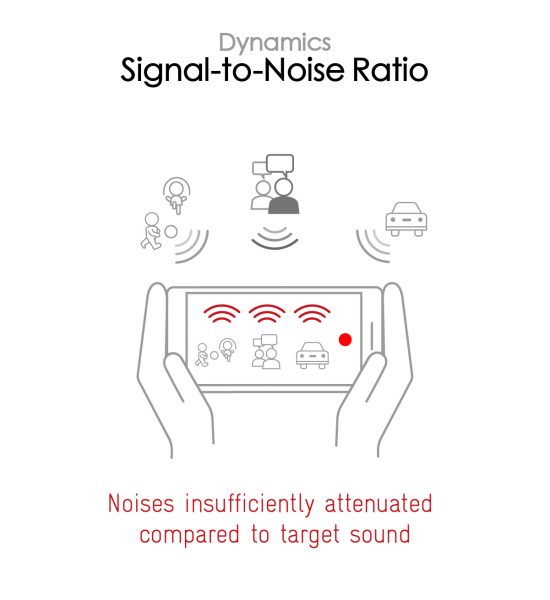

Spatial
Samsung Galaxy Z Flip5
159
The sub-attributes for spatial tests include pinpointing a specific sound's location, its positional balance, distance, and wideness on the recorded audio files.
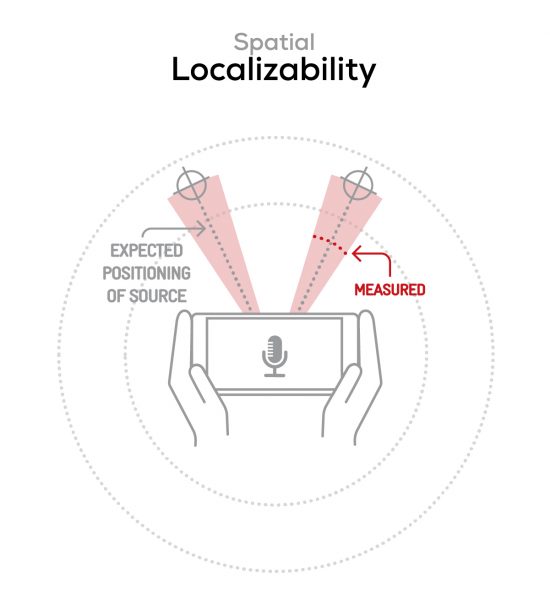
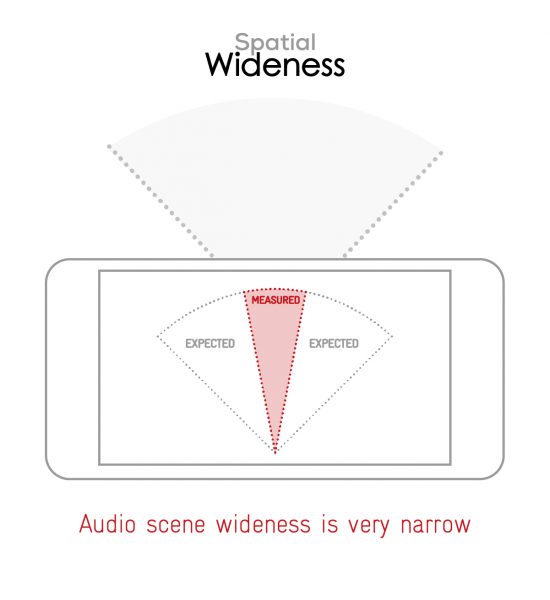

Volume
Samsung Galaxy Z Flip5
170
The Volume score represents how loud audio is normalized on the recorded files and the how the device handles loud environments, such as electronic concerts, when recording.
| Meeting | Life Video | Selfie Video | Memo | |
| Samsung Galaxy Z Flip5 | -26.1 LUFS | -22 LUFS | -20.3 LUFS | -20.7 LUFS |
| Samsung Galaxy Z Flip4 | -25.2 LUFS | -21.5 LUFS | -19.7 LUFS | -21.6 LUFS |
| Apple iPhone 14 | -23.8 LUFS | -22.5 LUFS | -20.5 LUFS | -18.7 LUFS |

Artifacts
Samsung Galaxy Z Flip5
145
The Artifacts score measures the extent to which the recorded sounds are affected by various types of distortions. The higher the score, the less the disturbances in the sound are noticeable. Distortions can occur because of sound processing in the device and the quality of the microphones, as well as user handling, such as how the phone is held.
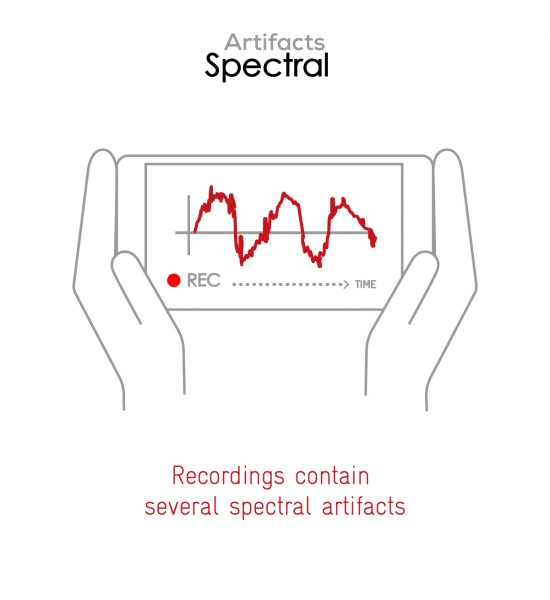

In this audio comparison, you can listen to the way this smartphone handles wind noise relative to its competitors:

Background
Samsung Galaxy Z Flip5
166
Background evaluates how natural the various sounds around a voice blend into the video recording file. For example, when recording a speech at an event, the background should not interfere with the main voice, yet it should provide some context of the surroundings.




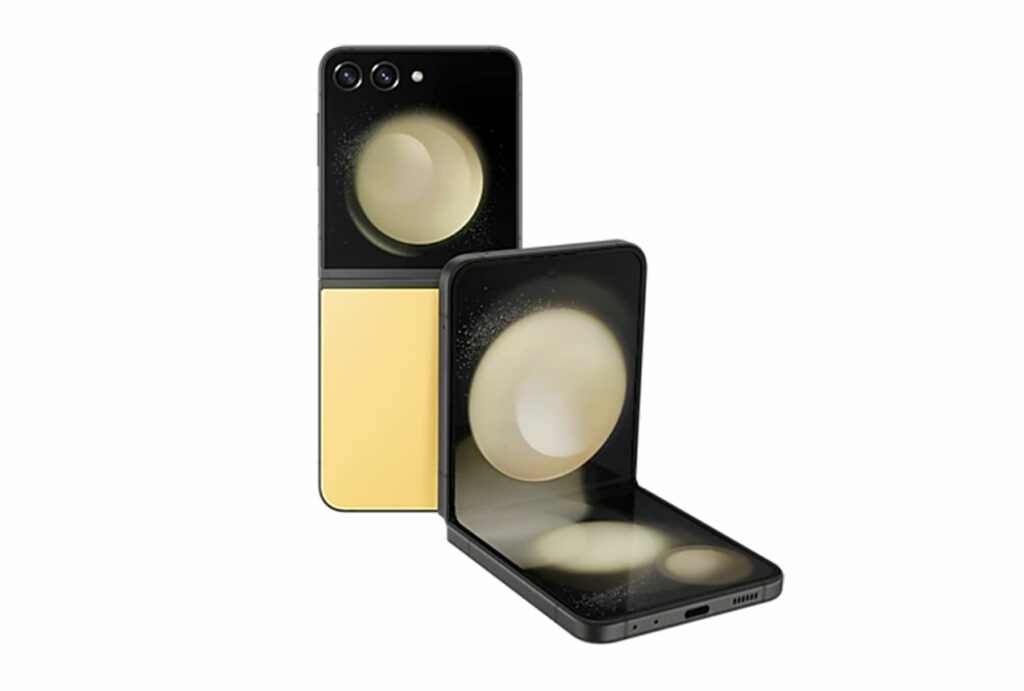
DXOMARK encourages its readers to share comments on the articles. To read or post comments, Disqus cookies are required. Change your Cookies Preferences and read more about our Comment Policy.